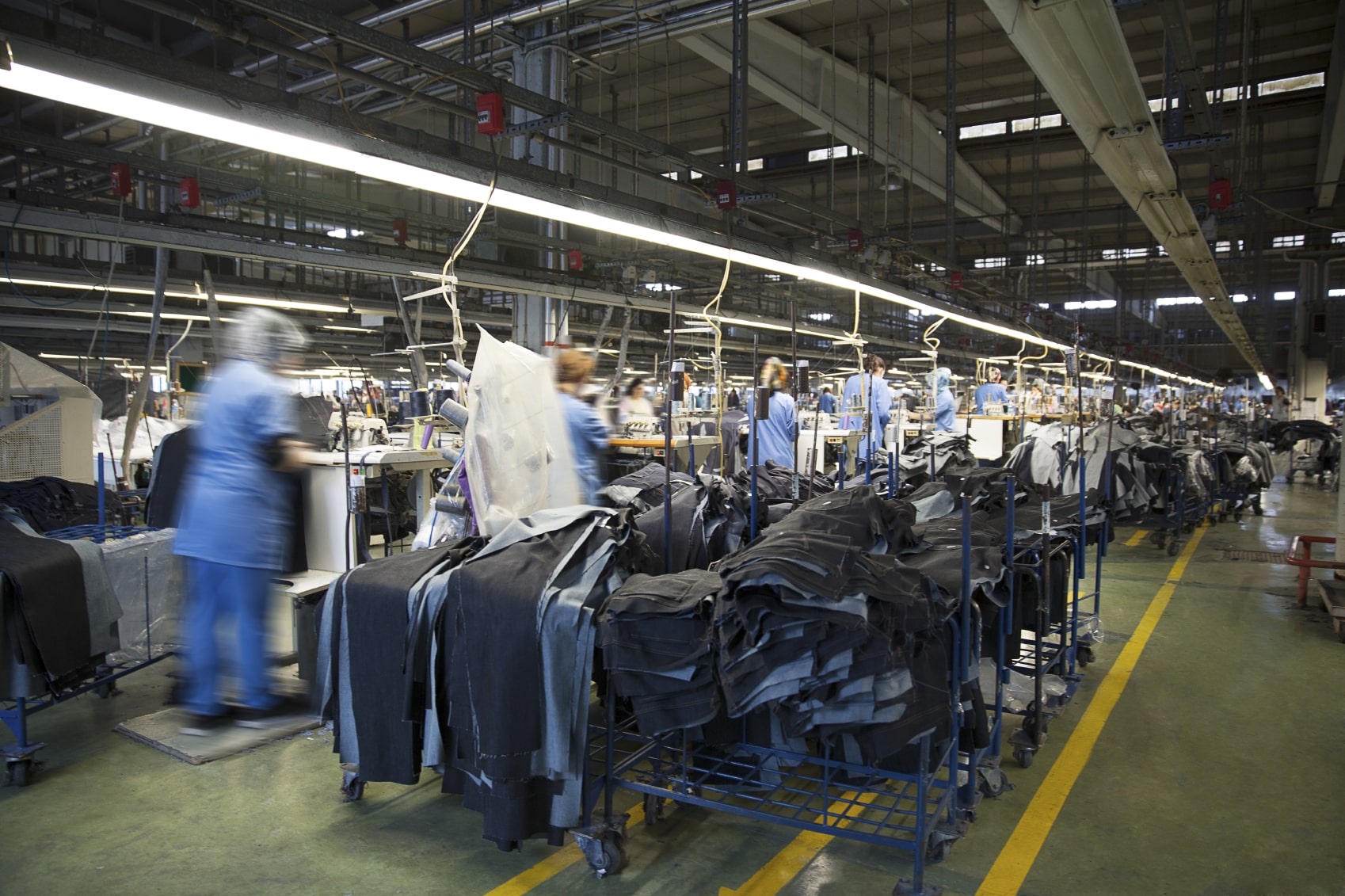- Home
- Science
- Our Work
- Air Pollution
- Agriculture, Farming and Pesticides
- Asthma and other Lung Diseases
- Coronavirus Pandemic (COVID-19)
- Exposure to Chemicals and Dust
- Exposure to Nanomaterials
- Human Exposure
- Neurodegenerative Diseases
- Musculoskeletal Disorders
- Occupational Cancer
- Sustainable Working
- Sustainability and Climate Change
- Stress, Wellbeing and Psychosocial Issues
- COVID-19 IOM Study of Face Coverings in Retail Environments
- Styrene Study
- PROTECT COVID-19 National Core Study
- Firefighters and Cancer – IOM Report
- MORtality Study of Former Professional Footballers in England and Wales (MORSE) Study
- Our Scientists
- Our Expertise
- Nano Material Services
- Development and Management of Data and Information Systems and Services
- Ergonomics Design and Evaluation
- Epidemiological Studies & Methods
- Exposure Assessment
- Health Impact Assessment (HIA) and Risk Assessment
- Policy Evaluations
- Study Design and Statistical Analysis
- Systematic Reviews and Meta-analyses
- Toxicology
- Workplace Cluster of Disease
- IOMLIFET
- IOM Scientists Advocate Tighter Standards for Airborne Dust at Work
- Research Project on Work Related Musculoskeletal Disorders
- Styrene Study
- Firefighters and Cancer – IOM Report
- IOM Library
- Contact our Research Experts
- Our Work
- Occupational Hygiene
- Case Studies
- Air Quality Sensors
- COSHH Assessment
- Dust Exposure
- Environmental Management
- Face Fit Testing
- Hand-Arm Vibration
- Indoor Air Monitoring
- Laboratory Animal Allergens
- Legionella Risk Assessment
- Local Exhaust Ventilation
- Noise Monitoring
- Thermal Exposure Monitoring
- Workplace Exposure Limits (WELs)
- Welding Fumes
- Remote Monitoring Services
- Formaldehyde Exposure Monitoring
- Biological Agent Exposure Monitoring in Waste Management
- Chromium VI
- Occupational Hygiene – Quick Quote
- Lab Services
- Asbestos and other Fibres
- Asbestos Sample Testing
- Asbestos Proficiency Testing
- Dust and Crystalline Silica
- Lead in Paint
- Metals, acid anions, acid gases
- Microbiology
- Pharmaceuticals
- Solvents & Other Organic Chemicals
- Hazard Assessment and Toxicology
- Dustiness Testing of Bulk Powders
- Lab Services Quick Quote
- Training
- Courses
- Face Fit Tester Training – Combined 2-day Course
- Face Fit Tester Training – Day 1 Qualitative Test Method
- Face Fit Tester Training – Day 2 Quantitative Test Method
- One Day Ventilation Maintenance Course
- BOHS Five Day Authorised Person (Ventilation) Course
- BOHS Three Day Competent Person (Ventilation) Course
- BOHS Two Day Competent Person (Ventilation) Refresher Course
- Contact our Training Team
- Courses
- Hospital Ventilation
- Authorising Engineer
- Dentistry Post Lockdown
- Design Review
- Independent Review
- Diathermic pen and Electro surgical tool testing
- Microbiological Monitoring
- Systems Refurbishment and Upgrade
- Validation and Verification Testing
- HSE COVID-19 Spot Check Inspections
- Training
- Contact Our Hospital Ventilation Experts
- Consultancy
- Our Company
- Contact Us

Local Exhaust Ventilation Testing
What is Local Exhaust Ventilation?
Local Exhaust Ventilation (LEV) systems are used to reduce exposure to airborne contaminants and hazardous substances in workplaces by capturing and extracting the contaminant at the source of the emission these can include fumes, dust and vapours.
LEV systems must by law be checked every 14 months.
Without the correct local exhaust ventilation inspections, the organisation responsible for the equipment would be in breach of COSHH regulations and could be putting workers at risk of becoming ill or worst contracting lung diseases.
In 2016, a manufacturer was fined £800,000 after three workers developed debilitating lung conditions following exposure to working metal fluid mist. The HSE found prevention measures were ‘inadequate’ and failures in the provision of health surveillance, which would have identified the issue earlier.
How IOM can help:
IOM offers a complete local exhaust ventilation testing and inspection service including the observation of users of the systems to identify any interaction that may be detrimental to the employee’s exposure. We also offer Competent Person Ventilation training to give maintenance engineers the particular skills and knowledge required to maintain ventilation systems.
How our experts can help:
- A typical examination and testing procedure is carried out
- Health surveillance
- Collection of air samples to measure exposure to hazardous substances and assesses the effectiveness of the system as used in the workplace
For more advice, or to speak to an Occupational Hygienist complete the quick quote form below.
Airborne containments affect thousands of British workers each year and lead to occupational lung diseases such as asthma and chronic obstructive pulmonary disease. Many people die or permanently disabled by these conditions and are unable to work. Source: HSE

